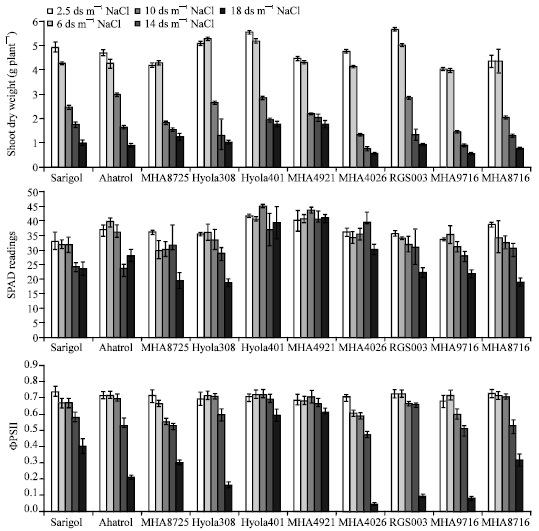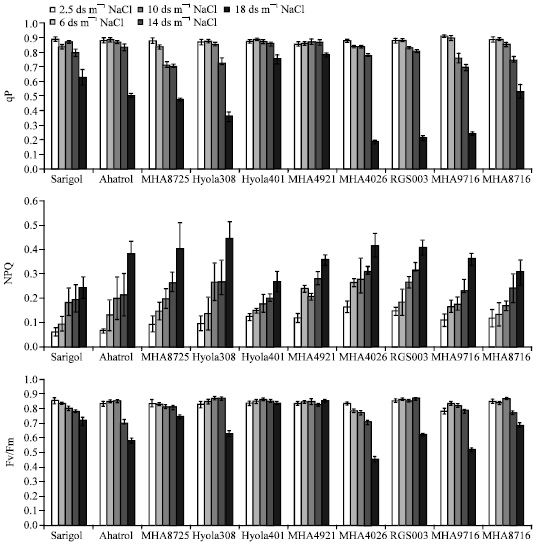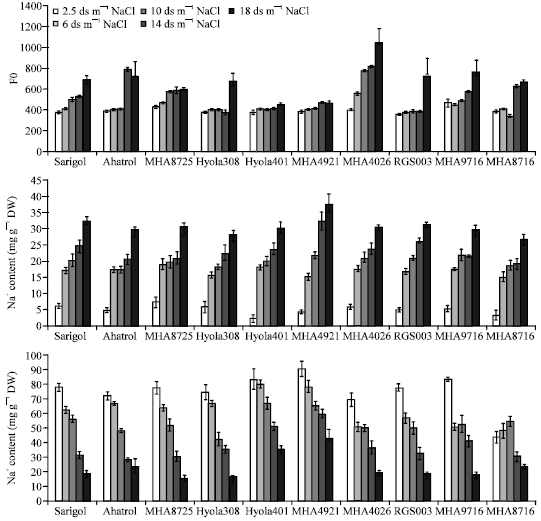Research Article
Effect of Salt Stress on Chlorophyll Content, Fluorescence, Na+ and K+ Ions Content in Rape Plants (Brassica napus L.)
Department of Agronomy and Plant Breeding, Shahid Chamran University, Ahvaz, Iran
M. Nabipour
Department of Agronomy and Plant Breeding, Shahid Chamran University, Ahvaz, Iran
M. Meskarbashee
Department of Agronomy and Plant Breeding, Shahid Chamran University, Ahvaz, Iran












